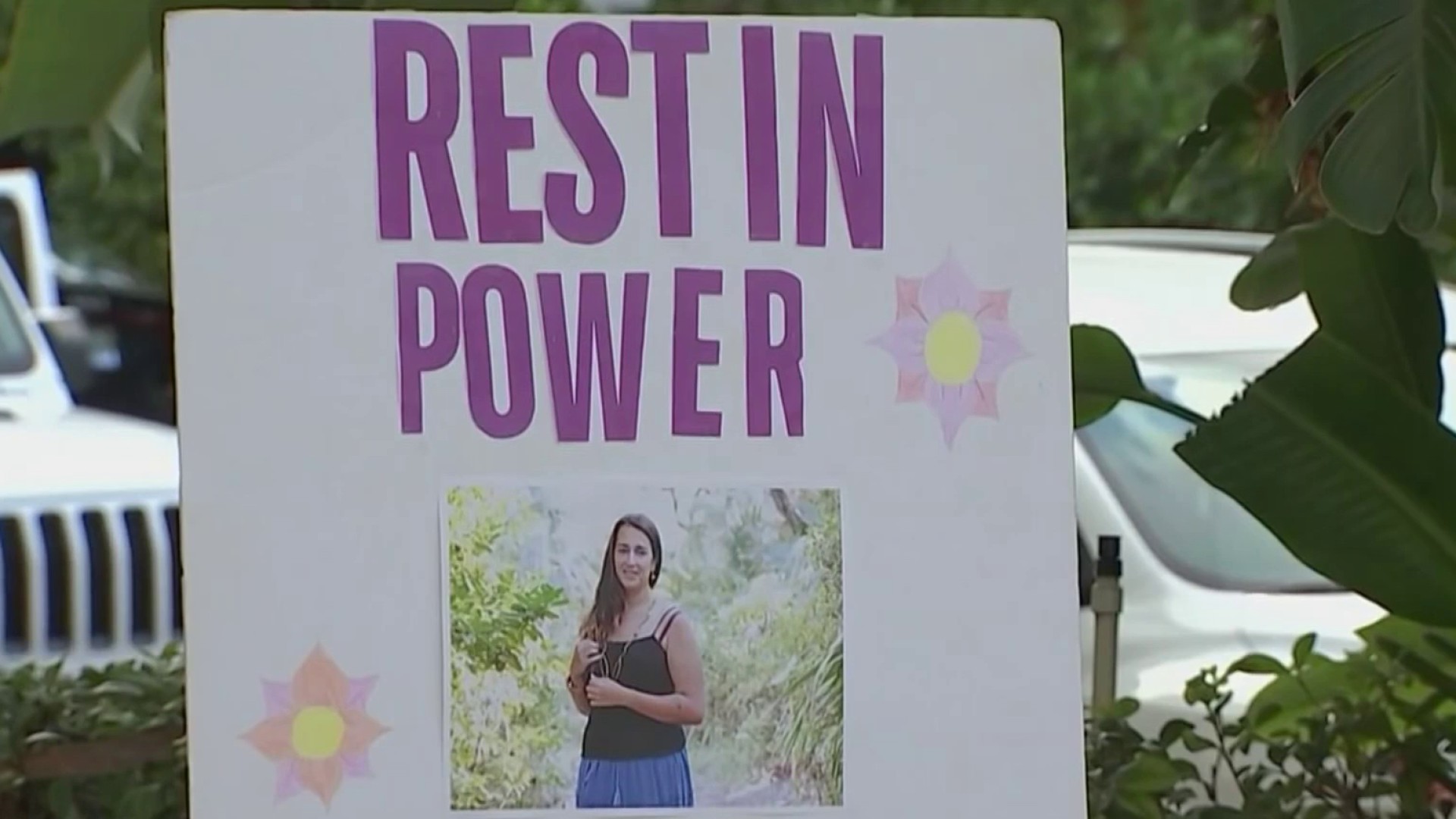The coasts of South Florida are home to a variety of features that make our beaches iconic. The summer is prime nesting season for animals who call south Florida their home.
Sea turtles make their nests during May 1 and Oct. 31 and can last up to 55 days in the nesting period.
According to the Florida Fish and Wildlife Conservation Commission, FWC, throughout these eight months turtles can lay up to 100 eggs. Once laid, the eggs are covered with sand and concealed, then the turtles reenter the water.
To ensure that the turtles are safe and can hatch on time counties such as Broward county have implemented precautions along the shore.
Following an arrest was made on Saturday after a woman ‘jabbed’ a turtle nest, more awareness is needed to protect these nesting zones. Here’s what to do if you come into contact with these protected habitats.
Caution tape usually lines areas believed to be nesting zones, to keep beachgoers out.
If you see one, you should avoid touching them or walking into their hatch zone, as baby sea turtles could be disturbed.
Local
Lights, from homes or cars, should be dim in the presence of these zones at night -- the hatchlings use the moon to find their way to the water.
Wrappers and cans should not stay on the sand but should especially be clear in the presence of these zones -- as turtles could become tangled in the trash.
If you see a stranded or dead sea turtle or someone disturbing a nesting zone, report it to the FWC’s law enforcement division at 1-888-404-FWC.



